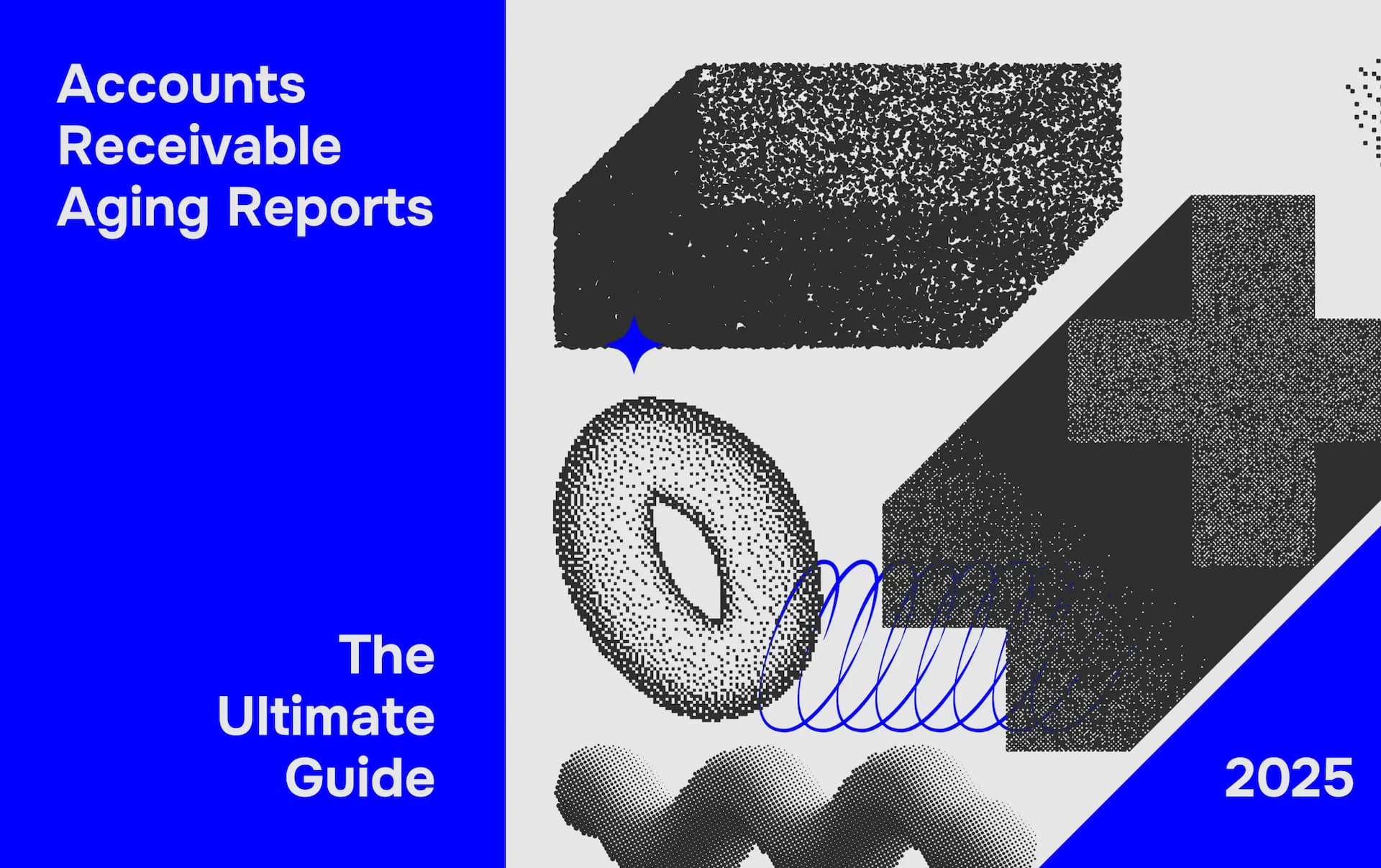
Imagine delivering a high-value project or shipping a bulk order to a client with the agreement that payment will follow in 30 days. But 60 days pass, and there's still no payment. Meanwhile, your operational costs pile up, salaries are due, and your cash flow starts to tighten. Sound familiar?
While offering credit terms can help build strong client relationships, delayed payments can seriously disrupt your business operations. That’s why tracking who owes what and for how long is critical.
This is where the Accounts Receivable (AR) Aging Report becomes your best friend. Like a financial weather forecast, it warns you of brewing storms and helps you steer toward stability.
It shows you how long your invoices have been unpaid, which clients need a nudge, and how your credit policy is actually performing in the real world.
Let’s break down what this report really is, why it matters, how to create one, and how it can benefit your business. We’ll also explore the concept of aging buckets and how these helps estimate bad debts or potential write-offs.
What is an Accounts Receivable Aging Report?
An Accounts Receivable Aging Report is a detailed accounting document that categorizes a company’s outstanding invoices based on how long they have been overdue. It offers a clear snapshot of your customer payment habits and helps monitor overdue accounts, assess credit risks, and manage cash flow effectively.
Typically, receivables are grouped into aging buckets such as:
• Current (not yet due)
• 1–30 days overdue
• 31–60 days overdue
• 61–90 days overdue
• Over 90 days overdue
The purpose is simple: help businesses visualize which customers owe money and how long those invoices have been outstanding.
Using Aging Buckets to Estimate Write-Offs
Beyond collections, aging buckets also play a critical role in financial reporting, especially with the introduction of new accounting standards.
Beginning in 2023, private entities that follow U.S. Generally Accepted Accounting Principles (GAAP) must adhere to updated rules for reporting credit losses namely the Current Expected Credit Loss (CECL) model. (These rules were already in effect for most public companies as of 2021.)
Under CECL, companies must estimate potential credit losses upfront rather than waiting until a loss is probable, as required under previous standards. This means companies must calculate an allowance for credit losses at each reporting date, using:
• Historical default data
• Current financial conditions
• Reasonable, supportable future forecasts
This is where the AR aging report becomes indispensable. Aging buckets provide the necessary structure to apply historical default rates across different invoice-age categories. These rates can then be adjusted for current and forecast economic conditions to predict expected write-offs.
Why Are AR Aging Reports Important?
Offering credit is often seen as a competitive necessity in today’s business world. However, research shows that more than two-thirds of companies receive a majority of their payments past the due date. And when payments stretch out 30, 60, even 90+ days your business operations can take a hit.
Here’s why an AR aging report is indispensable:
1. Helps Safeguard Your Cash Flow
Delayed payments can strangle your cash reserves. Knowing which invoices are aging gives you the chance to follow up before the situation snowballs.
2. Keeps Your Credit Strategy in Check
If many customers are consistently late, it may be time to reassess your credit terms, approval criteria, or customer onboarding process. The aging report helps spot these patterns early.
3. Streamlines Your Collections
Not all late payments carry the same weight. A $5,000 invoice overdue for 90 days is far more urgent than $6000 invoice 10 days late. The aging report helps you prioritize collection efforts smartly.
4. Reduces Risk of Write-Offs
The longer the payment is overdue, the less likely it is to be collected. By closely monitoring aging invoices, you increase your chances of collecting them before they become bad debts.
What Does the Report Contain?
An effective AR aging report includes the following elements:
• Customer name
• Invoice numbers and dates
• Total invoice amount
• Outstanding balance
• Days overdue
• Assigned aging bucket
Each entry helps identify which customers need immediate attention, which accounts may be at risk, and how much potential revenue is hanging in the balance.
Creating an AR Aging Report: A Quick Guide
You can create this report in tools like Excel or through accounting platforms such as QuickBooks, Zoho Books, or NetSuite.
Here’s a step-by-step:
1. Collect all outstanding invoices
Pull invoice data including date, amount, and customer details.
2. Sort invoices by due date
Calculate how many days each invoice is overdue.
3. Group by customer
This helps you track recurring delinquencies.
4. Assign each invoice to a time bucket
Based on how many days past due it is.
5. Analyze and act
Highlight customers with the largest or oldest balances for follow-up.
Benefits Beyond the Obvious
An aging report offers value that goes beyond collections:
• Better planning: Helps forecast incoming cash and plan expenses accordingly.
• Improved customer management: Identifies customers who need stricter credit terms.
• Performance tracking: Reveals how efficient your collections team really is.
• Stronger financial discipline: Keeps stakeholders informed and proactive.
Final Thoughts
A business might be growing in sales, but if payments are not coming in on time, the financial strain can be immense. The AR aging report is like a pulse check showing whether your revenue is flowing smoothly or getting stuck along the way.
By actively monitoring overdue accounts, assessing credit risk, and making timely decisions, you're doing more than just managing receivables, you're safeguarding your cash flow and strengthening your financial foundation.
Whether you're a CFO steering enterprise-level strategy or a startup founder juggling multiple roles, reviewing your AR aging report regularly is a smart habit. It may not get the spotlight like sales dashboards or profit margins, but when it comes to long-term stability, it's one of the most influential tools in your financial toolkit.
And if you’re looking to streamline this process with expert support, our accounts receivable services are designed to help you gain control, reduce risk, and unlock working capital with confidence.

Shekhar Mehrotra
Founder and Chief Executive Officer
Shekhar Mehrotra, a Chartered Accountant with over 12 years of experience, has been a leader in finance, tax, and accounting. He has advised clients across sectors like infrastructure, IT, and pharmaceuticals, providing expertise in management, direct and indirect taxes, audits, and compliance. As a 360-degree virtual CFO, Shekhar has streamlined accounting processes and managed cash flow to ensure businesses remain tax and regulatory compliant.
You might also like:
- QuickBooks vs. Xero vs. Wave: Which One Really Fits Your Business?
- Understanding Activity-Based Costing: The Smarter Way to See Your Real Costs
- Why Cloud Accounting Is the Future of Financial Management
- Why Small & Medium Businesses (SMBs) Prefer a Certified QuickBooks ProAdvisor
- Financial Accounting vs Managerial Accounting: Two Sides of the Same Coin
Listen Exclusive Podcast On

